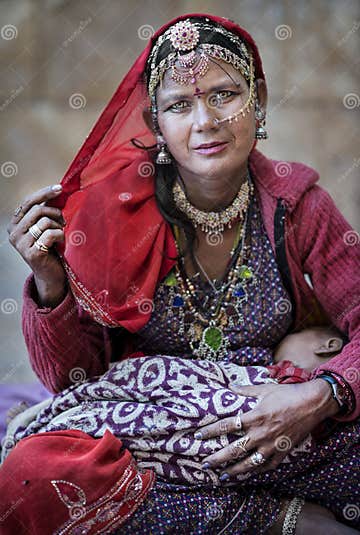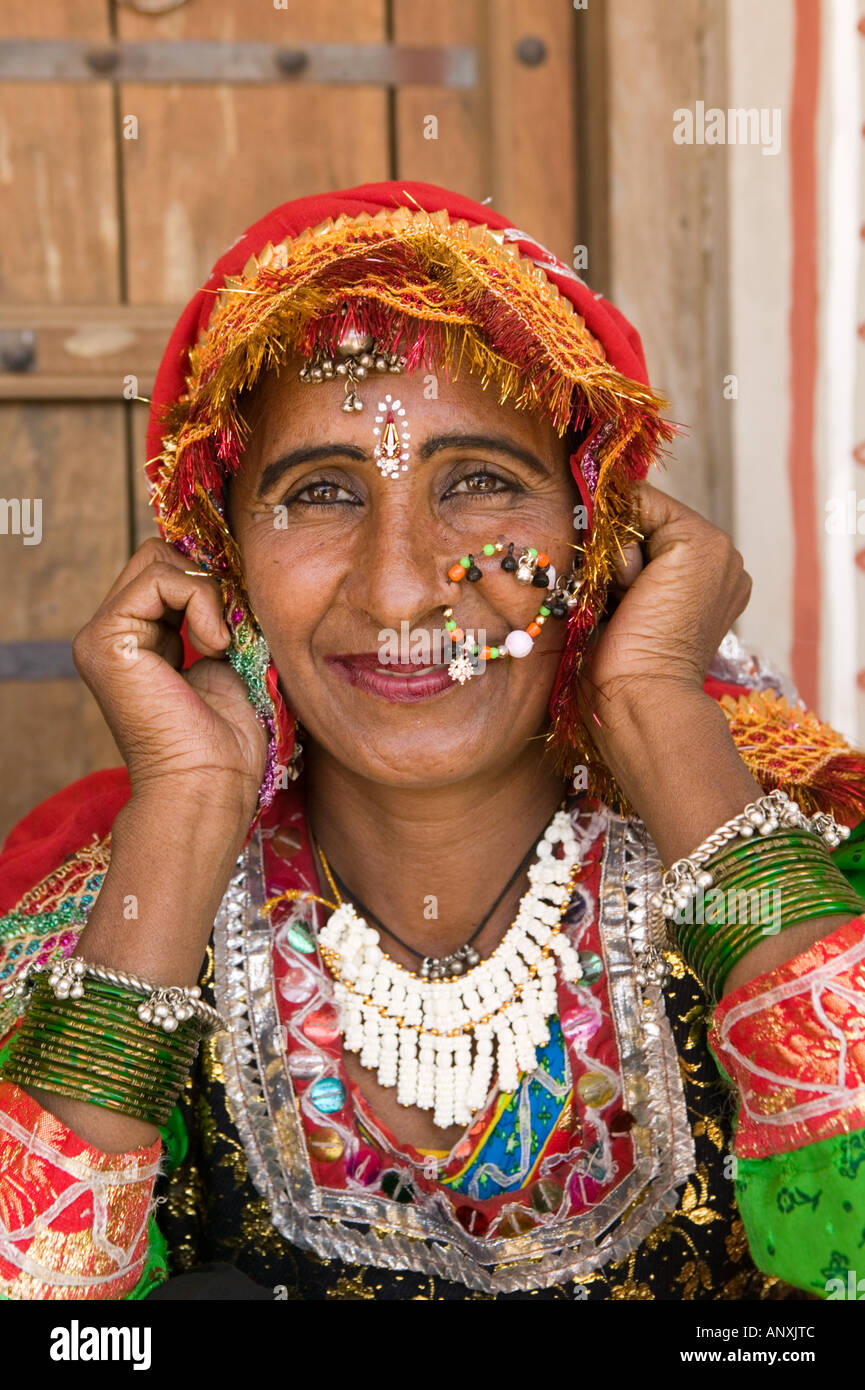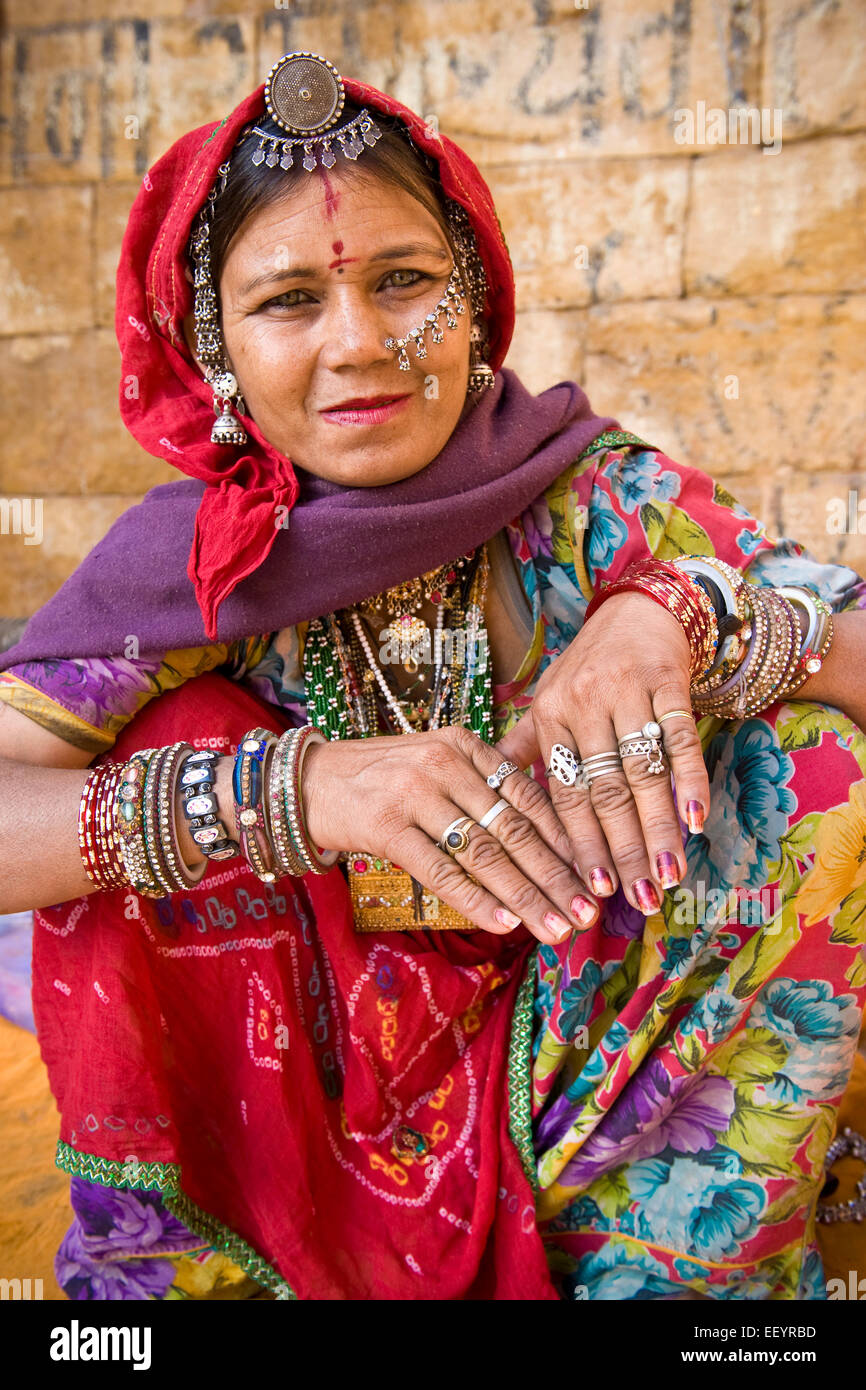Gypsy Rose Mom Picture
Sometimes, a single image can truly grab people's attention, becoming something widely discussed and remembered. It's almost as if some pictures have a way of sticking in our minds, shaping how we think about certain situations or even individuals. When we think about a "gypsy rose mom picture," for instance, it brings to mind the way photographs, especially those involving family members, can really make an impression on a lot of folks, you know, sparking conversations and feelings that spread far and wide.
These kinds of images, they often carry a lot of weight, a whole story packed into a single frame, so to speak. People often find themselves drawn to them, trying to piece together the narrative or perhaps just trying to understand the feelings they evoke. It’s a bit like how a powerful story can resonate with many different people, each one finding their own connection to what they see, or rather, what they perceive from the visual message.
The public's connection with such visual content is quite something, actually. A picture, particularly one that touches on personal relationships, can become a point of shared conversation, a kind of collective thought piece that gets passed around. It just goes to show how much influence visual elements have in our daily exchanges, shaping how we view things and the narratives we construct around them, more or less.
Table of Contents
- The Impact of a Single Image
- What Makes a "Gypsy Rose Mom Picture" Memorable?
- Beyond the Image - Public Gatherings and Traditions
- Are "Gypsy" Events Common?
- Public Information and Community Details
- How Do We Understand Community Data, Like Those Around a "Gypsy Rose Mom Picture"?
- What About Housing Prices Near a "Gypsy Rose Mom Picture" Location?
- The Blending of Public Views
- Personal Details and Public Records
The Impact of a Single Image
It's pretty amazing how a photograph can really stick with people, you know, becoming something that many folks recognize and talk about. When we consider a "gypsy rose mom picture," for example, it points to how a single visual can hold so much weight, drawing in public interest and sparking all sorts of discussions. These visuals, they often become a focal point for collective thought, making us pause and think about what's presented before our eyes, or rather, what the image seems to convey.
Such pictures tend to carry a story, a sense of history, even if we don't know all the details right away. They can, in a way, create a shared experience among viewers, prompting questions and reflections. It's like how a brief moment captured can speak volumes, allowing for different interpretations and feelings to come to the surface, influencing how a broader group of people might perceive a certain situation or person, or even the general idea of a "gypsy rose mom picture."
The way these images spread and gain traction is quite interesting, too. They might appear in various places, online or elsewhere, and each time they're seen, they add another layer to their public presence. This process shows just how strong the influence of visual content is in shaping public opinion and the stories we tell ourselves about the world around us, more or less.
People often feel a connection to these sorts of images, almost as if they're part of a larger, ongoing conversation. The visual elements work together to create a sense of intrigue, making folks want to know more or simply reflect on what they're seeing. It's a testament to the quiet strength of a photograph, how it can, without words, communicate so much to so many, you know, becoming a point of reference for various discussions.
In fact, the very idea of a "gypsy rose mom picture" suggests a particular kind of narrative that resonates with many. It speaks to themes of family, relationships, and public perception, all wrapped up in a single visual representation. This is why certain images stay with us, becoming symbols that represent more than just what's literally shown, but also the broader feelings and ideas they evoke, arguably.
What Makes a "Gypsy Rose Mom Picture" Memorable?
What really makes a "gypsy rose mom picture" or any image, for that matter, stick in people's minds? Well, it often comes down to the feelings it stirs up. Sometimes, it’s the way the people in the picture look at each other, or perhaps the setting itself, that just feels a bit out of the ordinary, or rather, quite compelling. These elements combine to create a lasting impression, making the visual hard to forget, if you catch my drift.
A memorable image usually has a certain quality that draws the eye and holds attention. It might be something subtle, like a particular expression, or something more obvious, like a striking pose. The interplay of light and shadow, the composition of the scene – these things all contribute to how well an image is remembered and how much it resonates with folks who see it, naturally.
Then there's the story, or the perceived story, behind the image. Even if we don't know the full context, our minds tend to fill in the blanks, creating a narrative that makes the picture more meaningful to us. This human tendency to seek out stories in what we see is a big part of why certain visuals, like a "gypsy rose mom picture," become so widely discussed and thought about, you know, leaving a pretty strong mark.
It's also about how an image fits into the larger public conversation. If a picture touches on themes that people are already thinking about or discussing, it's more likely to gain traction and be remembered. It becomes a kind of visual shorthand for bigger ideas, allowing for a quick connection to a shared understanding, or rather, a collective sense of curiosity, at the end of the day.
Ultimately, the memorability of a "gypsy rose mom picture" or any photograph, really, comes from its ability to connect with us on a personal level, while also becoming part of a broader public consciousness. It’s a blend of personal resonance and collective recognition that makes certain images stand out and endure in our shared memory, basically.
Beyond the Image - Public Gatherings and Traditions
Moving beyond the power of a single photograph, it's interesting to consider how people gather in other ways, creating different kinds of public experiences. For instance, you have events like the gypsy caravan, which has been held on Memorial Day for more than three decades. It's known as the Midwest’s biggest daylong flea market, antiques, and crafts fair, taking place on the campus of a university. This kind of gathering is a whole different way for people to connect and share, you know, a very different sort of public display.
These large-scale events offer a chance for many folks to come together, browse through all sorts of items, and enjoy a day out. It's a tradition that brings communities together, allowing for a different kind of public interaction compared to simply viewing an image. There's a buzz about these places, a real sense of shared activity that you can almost feel in the air, a rather lively atmosphere, in a way.
Think about the sheer number of things you might find at such a fair – from old treasures to handmade goods. It's a place where different interests meet, where collectors and casual shoppers alike can find something that catches their eye. This sort of event, quite unlike a "gypsy rose mom picture," focuses on tangible items and direct interaction, providing a unique public experience, actually.
The longevity of the gypsy caravan, going on for over 30 years, really speaks to its place in the community. It's become a fixture, a yearly happening that people look forward to. This enduring quality highlights how some traditions, like this large market, become deeply woven into the fabric of an area, creating a sense of continuity and shared heritage, basically.
So, while a "gypsy rose mom picture" might capture a moment that resonates widely, events like the gypsy caravan create a living, breathing space for public engagement. Both are ways that people connect, but in very different forms – one through a still visual, the other through a bustling, active gathering, you know, providing distinct avenues for community interaction.
Are "Gypsy" Events Common?
When we talk about "gypsy" related events, it's worth considering the broader context of the word itself. For example, I hear that people often say that "gypsies are throughout the European Union and the Balkans and everywhere else in Europe." However, I've yet to see or meet any gypsies that I'm personally familiar with, so it's almost like a general statement that might not always align with everyone's direct experience, you know.
This kind of general observation points to how certain groups of people are perceived or talked about in a widespread manner, even if individual encounters might be less common. It highlights the difference between broad statements about populations and personal interactions. It's a bit like how a "gypsy rose mom picture" can be widely known, but the individual experiences of those in the picture remain largely unseen by the public, at the end of the day.
The idea of a group being "throughout" a large area suggests a significant presence, but personal encounters can vary greatly depending on where someone lives or travels. This difference between general knowledge and direct experience is quite a common thing when discussing various communities and their distribution, arguably.
So, while the gypsy caravan is a specific, well-known event in the Midwest, the broader notion of "gypsies" being present across Europe is a different kind of observation. It speaks to a more general understanding of demographics and cultural groups, rather than a particular event or a specific "gypsy rose mom picture" that everyone can point to, basically.
It's important to remember that such statements are often based on historical movements and cultural presence, which might not always translate to everyday personal meetings for everyone. This distinction between general information and personal experience is a key part of how we understand different groups of people and their place in the world, more or less.
Public Information and Community Details
Beyond images and large gatherings, communities also have various forms of public information that shed light on different aspects of local life. This data, quite unlike a "gypsy rose mom picture," provides a factual snapshot of a place, offering insights into its demographics and other important details. It's a different kind of public record, one that's often compiled for various civic purposes, you know, providing a kind of statistical overview.
This information is often made available as a public service, meaning it's there for everyone to access and review. It helps people understand their communities better, from population figures to other specific details that might be relevant for residents or those considering moving to an area. It’s a way of making transparent certain aspects of community life, at the end of the day.
However, it's also really important to remember the purpose of such data. The information provided on these sites is strictly for public service and should not, under any circumstances, be used to threaten, intimidate, or harass anyone. This guideline is absolutely crucial for maintaining the integrity and safety of public information resources, as a matter of fact.
Understanding these different types of public data, whether it's about a community's population or other specific lists, helps paint a more complete picture of a place. It's another layer of information that exists alongside the more visual or event-based public experiences, offering a factual basis for understanding, sort of like a detailed map of an area.
So, while a "gypsy rose mom picture" captures a personal moment for public viewing, these community details provide a broader, more statistical view of public life. Both contribute to our overall understanding of the world, just in very different ways, you know, each offering a distinct perspective on what it means to be part of a community.
How Do We Understand Community Data, Like Those Around a "Gypsy Rose Mom Picture"?
When we look at community data, it can feel a bit overwhelming, especially if you're trying to make sense of figures that might seem a little abstract, unlike the immediate feeling you get from a "gypsy rose mom picture." For example, our research of Hawaii and other state lists shows that there were 626 registered sex offenders living in Honolulu as of June 28, 2025. The ratio of all residents to sex offenders in Honolulu is also something that's often looked at.
Similarly, in Ohio, our research of state lists indicates there were 1,599 registered sex offenders living in Columbus as of July 1, 2025. The ratio of all residents to sex offenders in Columbus is also part of that public record. These numbers, you know, provide a specific kind of insight into the demographics of a place, offering a factual basis for public awareness, basically.
Moving to Nevada, our research of state lists shows that 756 registered sex offenders were living in North Las Vegas as of June 30, 2025. And in North Carolina, our research found 634 registered sex offenders living in Fayetteville as of June 30, 2025. The ratio of all residents to sex offenders in Fayetteville is also a piece of information that is publicly available, as a matter of fact.
These figures, along with the ratios, are part of the detailed profiles that communities often maintain. They are meant to be a public service, offering transparency about certain aspects of a population. It's a very different kind of information compared to a "gypsy rose mom picture," focusing on statistical facts rather than personal narratives, you know, providing a specific kind of public awareness.
Understanding these numbers means looking at them in context, recognizing that they are just one piece of the larger picture of a community. They contribute to a broader public record that helps inform residents and interested parties, providing a factual basis for understanding local conditions, more or less.
What About Housing Prices Near a "Gypsy Rose Mom Picture" Location?
Beyond population statistics, another important aspect of community data involves housing prices. For instance, in San Jose, California, the detailed profile for 2023 shows mean prices for townhouses or other attached units. This kind of information gives people a sense of the economic landscape of a place, a very different kind of detail compared to, say, a "gypsy rose mom picture," but equally relevant for those considering living there.
Similarly, in Lancaster, Pennsylvania, the detailed profile for 2023 also provides mean prices for different types of homes. These figures are crucial for anyone looking to buy or sell property, offering a clear picture of the housing market in a specific area. It's a practical type of public information, you know, helping people make financial decisions, basically.
Understanding these housing costs, whether for townhouses or other kinds of attached units, is a key part of assessing a community's overall affordability and living standards. It's information that directly impacts people's lives, providing concrete numbers that help shape personal choices about where to reside, arguably.
So, while a "gypsy rose mom picture" might capture public attention for its human story, these economic details provide a grounded, practical view of a community. Both types of information, though vastly different, contribute to a comprehensive public understanding of a place, offering distinct insights into what makes a community what it is, at the end of the day.
These price points, along with other economic indicators, help paint a fuller picture of what life is like in these cities. They are just another facet of the public data that helps people understand and evaluate different locations, providing a factual basis for decisions that affect daily life, you know, quite important for many folks.
The Blending of Public Views
It's quite fascinating how all these different bits of public information – from a widely shared "gypsy rose mom picture" to details about flea markets, general observations about groups of people, and even precise community statistics like housing prices or registered lists – come together. They all contribute to our collective sense of what's happening in the world, creating a kind of blended public view, you know, a very broad perspective.
Each piece of information, whether it's a visual, a cultural event, or a set of numbers, offers a unique window into public life.

Bopa Gypsy Woman from Jaisalmer Region, Indian State of Rajasthan

INDIA, Rajasthan, Pushkar: PUSHKAR CAMEL FAIR, Woman Dancer of

India, Rajasthan, Jaisalmer, portrait Stock Photo - Alamy